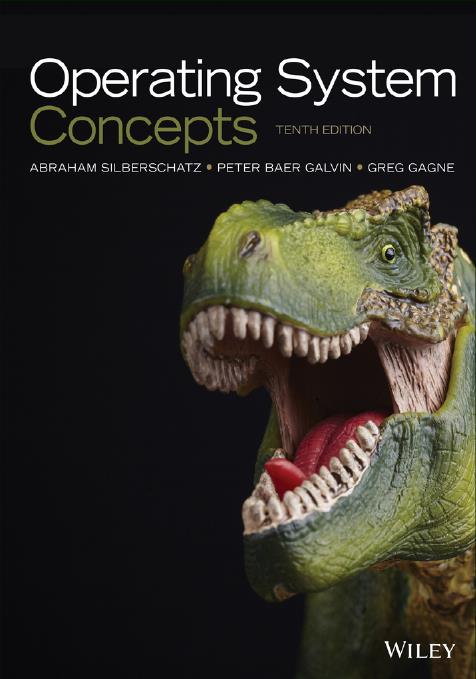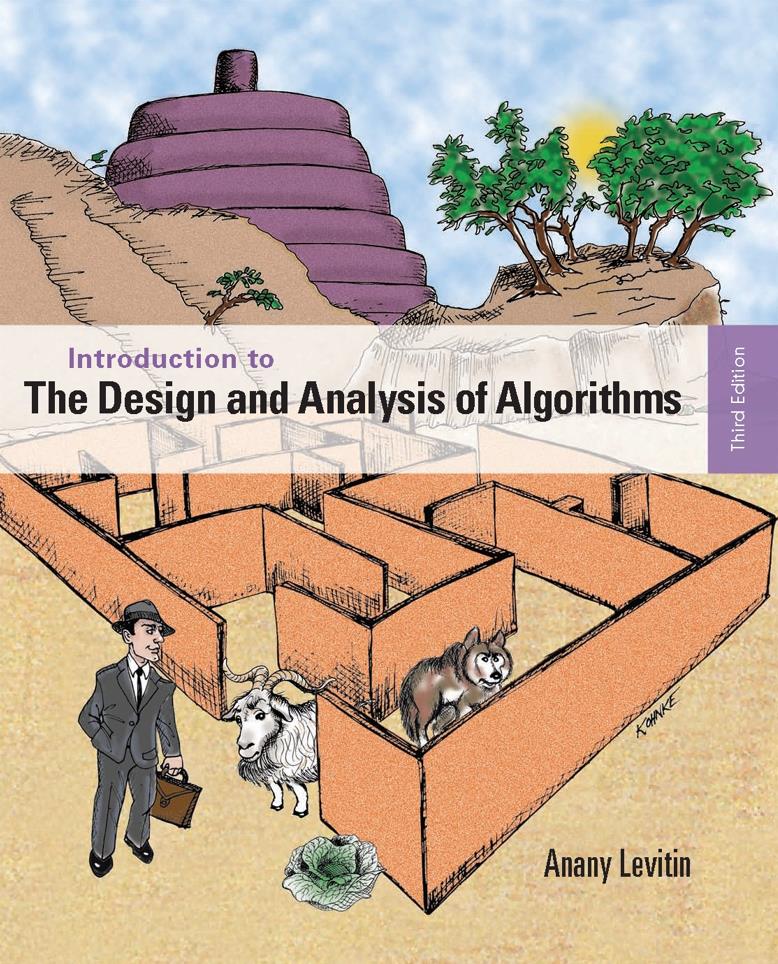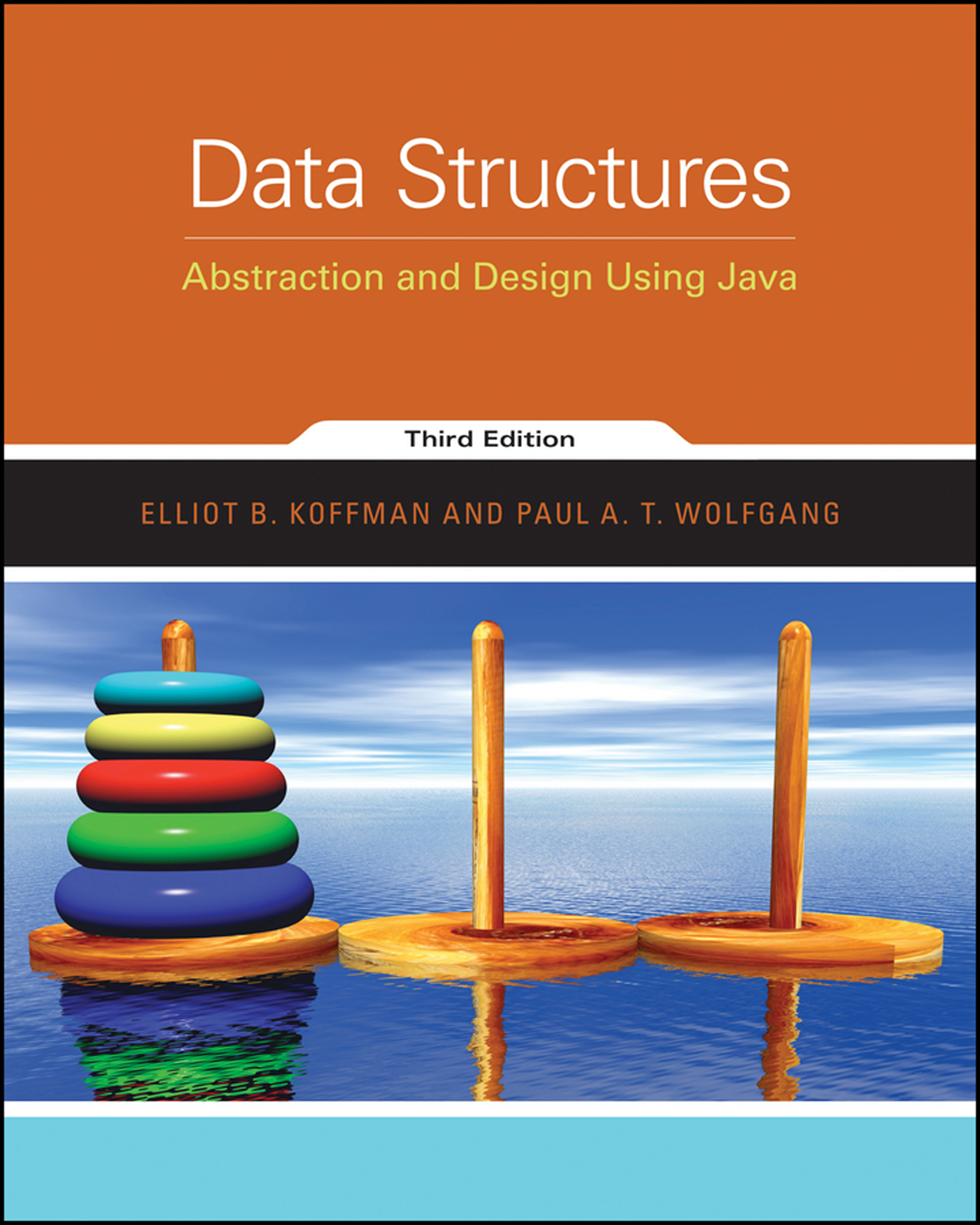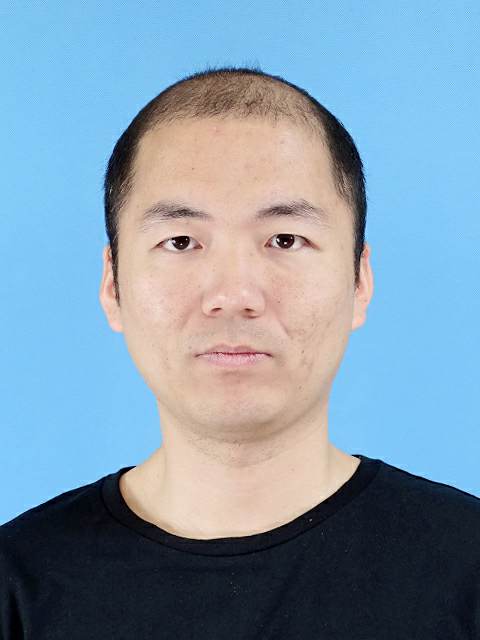I am an associate professor at Xi’an University of Architecture and Technology (College of Information and Control Engineering). I received my PhD degree in computer science and technology from Nankai University in 2020, under the supervision of Prof. Tao Li (李涛). Before that, I earned my BS and MS in 2014 and 2017 at China Three Gorges University and Dalian University. My research interests include medical image analysis and computer vision. I have published more than 20 papers with 1200+ Google Scholar citations. If interested, email me at guosong@xauat.edu.cn.
🔥 News
- 2025.08.01: One paper on Domain Generalization was accepted by Image and Vision Computing!
- 2025.05.12: I was granted by Shaanxi Province. Good news!
- 2025.04.01: One paper on self-supervised learning was accepted by IJCNN 2025. Congratulations to XM Zhang!
- 2025.03.31: SH Zhang and FB Yang joined our team. Welcome!
- 2024.12.21: One paper on semantic image synthesis was accepted by ICASSP 2025. Congratulations to PL Fu!
- 2024.10.27: My Google Scholar Citations reach 1000+!
- 2024.10.09: One paper on DR lesion segmentation was accepted by Biomedical Signal Processing and Control!
- 2024.10.07: One paper on retinal vessel A/V classification was accepted by Neural Computing and Applications!
- 2024.06.28: One paper on single-domain generalization was accepted by Engineering Applications of Artificial Intelligence!
- 2023.10.13: One paper on pretraining methods was accepted by BIBM 2023! Congratulations to LY Niu!
- 2023.04.30: PL Fu and XM Zhang joined our team. Welcome!
- 2023.02.20: LY Niu joined our team. Welcome!
- 2022.10.20: One paper was accepted by BIBM 2022! Congratulations to XJ Chen!
- 2022.09.08: Congratulations! I was granted by NSFC. What amazing news!
📝 Publications
2025
-
Enhancing cross-domain generalization in retinal image segmentation via style randomization and style normalization, Image and Vision Computing, 2025,162:105694
Song Guo -
FreeLesion: Synthetic Image-Mask Pairs for Fundus Lesion Segmentation via Curriculum Learning and Feature-Loss Guided Filtering, 2025 IEEE International Conference on Acoustics, Speech, and Signal Processing, 2025
Peilei Fu, Song Guo -
Efficient Multi-scale Learning via Scale Embedding for Diabetic Retinopathy Multi-lesion Segmentation, Biomedical Signal Processing and Control, 2025,100:107078
Song Guo -
Efficient retinal artery/vein classification with dense color-invariant feature learning, Neural Computing and Applications, 2025,37:1255–1270
Xiaojuan Chen, Luyu Niu, Song Guo
2024
- Random Color Transformation for Single Domain Generalized Retinal Image Segmentation, Engineering Applications of Artificial Intelligence, 2024,136:108907
Song Guo, Ke Ji
2023
-
Bézier Curves Meet Deep Learning: A Novel Pretraining Method for Improved and Generalized Retinal Vessel Segmentation, 2023 IEEE International Conference on Bioinformatics and Biomedicine (BIBM), 2023:2159-2164
Luyu Niu, Xiaojuan Chen, Song Guo -
DPN: Detail-Preserving Network with High Resolution Representation for Efficient Segmentation of Retinal Vessels, Journal of Ambient Intelligence and Humanized Computing, 2023(14):5689-5702
Song Guo
2022
-
MDANet: Multi-Direction Attention Network for Curvilinear Structure Segmentation of Biomedical Images, 2022 IEEE International Conference on Bioinformatics and Biomedicine (BIBM), 2022:1475-1480
Xiaojuan Chen, Tao Hu, Song Guo -
眼底图像智能计算及应用, 南开大学出版社, 2022.10, ISBN:978-7-310-06309-3
李涛,郭松 -
CSGNet: Cascade Semantic Guided Net for Retinal Vessel Segmentation, Biomedical Signal Processing and Control, 2022,78:103930
Song Guo -
LightEyes: a lightweight fundus segmentation network for mobile edge computing, Sensors, 2022,22(9):3112
Song Guo
2021
-
基于多任务学习的眼底图像红色病变点分割,软件学报,2021(11):3646-3658
郭松,李涛,李宁,康宏,张玉军,王恺 -
Fundus image segmentation via hierarchical feature learning, Computers in Biology and Medicine, 2021,138:104928
Song Guo -
Vertically-nested Network for Automatic Vessel Segmentation, IJCNN,2021
Song Guo, Xiaojuan Chen, Yueping Kong -
A Mountain Summit Recognition Method Based on Improved Faster R-CNN, Complexity, 2021
Yueping Kong, Yun Wang, Song Guo, Jiajing Wang
2020
-
Bin loss for hard exudates segmentation in fundus images, Neurocomputing, 2020, 392:314-324
Song Guo, Kai Wang, Hong Kang, Teng Liu, Yingqi Gao, Tao Li -
AVNet: A retinal artery/vein classification network with category-attention weighted fusion, Computer Methods and Programs in Biomedicine, 2020, 195:105629
Hong Kang, Yingqi Gao, Song Guo, Xia Xu, Tao Li, Kai Wang -
语义融合的眼底图像动静脉分类方法, 中国图象图形学报,2020,25(10):2259-2270
高颖琪, 郭松, 李宁, 王恺, 康宏, 李涛
2019
-
BTS-DSN: Deeply supervised neural network with short connections for retinal vessel segmentation, International Journal of Medical Informatics, 2019, 126:105-113
Song Guo, Kai Wang, Hong Kang, Yujun Zhang, Yingqi Gao, Tao Li -
L-Seg: An end-to-end unified framework for multi-lesion segmentation of fundus images, Neurocomputing, 2019, 349:52-63
Song Guo, Tao Li, Hong Kang, Ning Li, Yujun Zhang, Kai Wang -
A lightweight neural network for hard exudate segmentation of fundus image, ICANN, 2019:189-199
Song Guo, Tao Li, Kai Wang, Chan Zhang, Hong Kang -
Random drop loss for tiny object segmentation: application to lesion segmentation in fundus images, ICANN, 2019:213-224
Song Guo, Tao Li, Chan Zhang, Ning Li, Hong Kang, Kai Wang -
Diagnostic assessment of deep learning algorithms for diabetic retinopathy screening, Information Sciences, 2019, 501:511-522
Tao Li, Yingqi Gao, Kai Wang, Song Guo, Hanruo Liu, Hong Kang -
DCNR: deep cube CNN with random forest for hyperspectral image classification, Multimedia Tools and Application, 2019, 78:3411–3433
Tao Li, Jiabing Leng, Lingyan Kong, Song Guo, Gang Bai, Kai Wang -
可学习的硬性渗出病变点标注方法, 小型微型计算机系统, 2019, 40(12): 2657-2661
刘蒙蒙, 郭松, 高颖琪, 李涛 -
Aggregation connection network for tiny face detection, IJCNN, 2019
Chan Zhang, Tao Li, Song Guo, Ning Li, Yingqi Gao, Kai Wang -
Random Inception Module and Its Parallel Implementation, APPT, 2019:99-106
Yingqi Gao, Kunpeng Xie, Song Guo, Kai Wang, Hong Kang, Tao Li
2018
- Training Restricted Boltzmann Machines Using Modified Objective Function Based on Limiting the Free Energy Value, IEEE ACCESS, 2018,6:78542-78550
Song Guo, Changjun Zhou, Bin Wang, Xuedong Zheng
📖 People
Song Guo
Educations
- 2023.01 - now, Associate Professor, College of Information and Control Engineering, Xi’an University of Architecture and Technology, China
- 2020.09 - 2022.12, Assistant Professor, College of Information and Control Engineering, Xi’an University of Architecture and Technology, China
- 2017.09 - 2020.06, PhD, Nankai University, China
- 2014.09 - 2017.06, MS, Dalian University, China
- 2010.09 - 2014.06, BS, China Three Geogres University, China
Academic Service
Program Committee Member
- ICANN2022/2023 EANN2024
Graudate Students
Xiaojuan Chen (2021.09 - 2024.06)
Peilei Fu (2023.09 - 2026.06)
Ximeng Zhang (2023.09 - 2026.06)
Sihang Zhang (2025.09-2028.06)
Fubin Yang (2025.09-2028.06)
Research Assistant
Luyu Niu (2023.02 - 2023.08)
Shumao Wang (2024.10 - 2025.06)
📖 Teaching
Operating Systems

Operating systems are an essential part of any computer system. Similarly, a course on operating systems is an essential part of any computer science education. The course is for introductory course in operating systems at the third-year undergraduate level. The course provides a clear description about the basic concepts that underlie operating systems (process, CPU schedule, file system, IO devices, etc).
Recommended Texts:
- Operating Systems Concepts, by ABRAHAM SILBERSCHATZ, PETER BAER GALVIN, GREG GAGNE, Tenth Edition.
- Modern Operating Systems, by ANDREW S. TANENBAUM, HERBERT BOS, Fourth Edition.
The Design and Analysis of Algorithms

The course covers advanced algorithm design strategies and analysis using formal and mathematical techniques. Topics include asymptotic analyses of complexity bounds using big-O, little-o, omega, and theta notations. The algorithmic strategies (brute-force, greedy, divide-and-conquer, recursive backtracking, dynamic programming, branch-and-bound, heuristics, and space-and-time tradeoffs) are covered.
Recommended Texts:
- Introduction to the Design and Analysis of Algorithms, by Anany Levitin, Third Edition.
- Introduction to Algorithms, by Cormen, Leiserson, et al.
- The Art of Computer Programming, by Donald E. Knuth, Third Edition.
Advanced Data Structures

This course is a professional basic required course for computer science and technology majors, emphasizing the close integration of theory and practice. Based on Data Structure 1, this course teaches the basic principles of more complex and efficient data structures and algorithms, and teaches the whole process of programming implementation based on Java language, so that students can master the ability to implement complex data structures and algorithms using Java language and cultivate their problem-solving ability.
Recommended Texts:
- Data structures: abstraction and design using Java, by Koffman, and Paul, Fourth Edition
